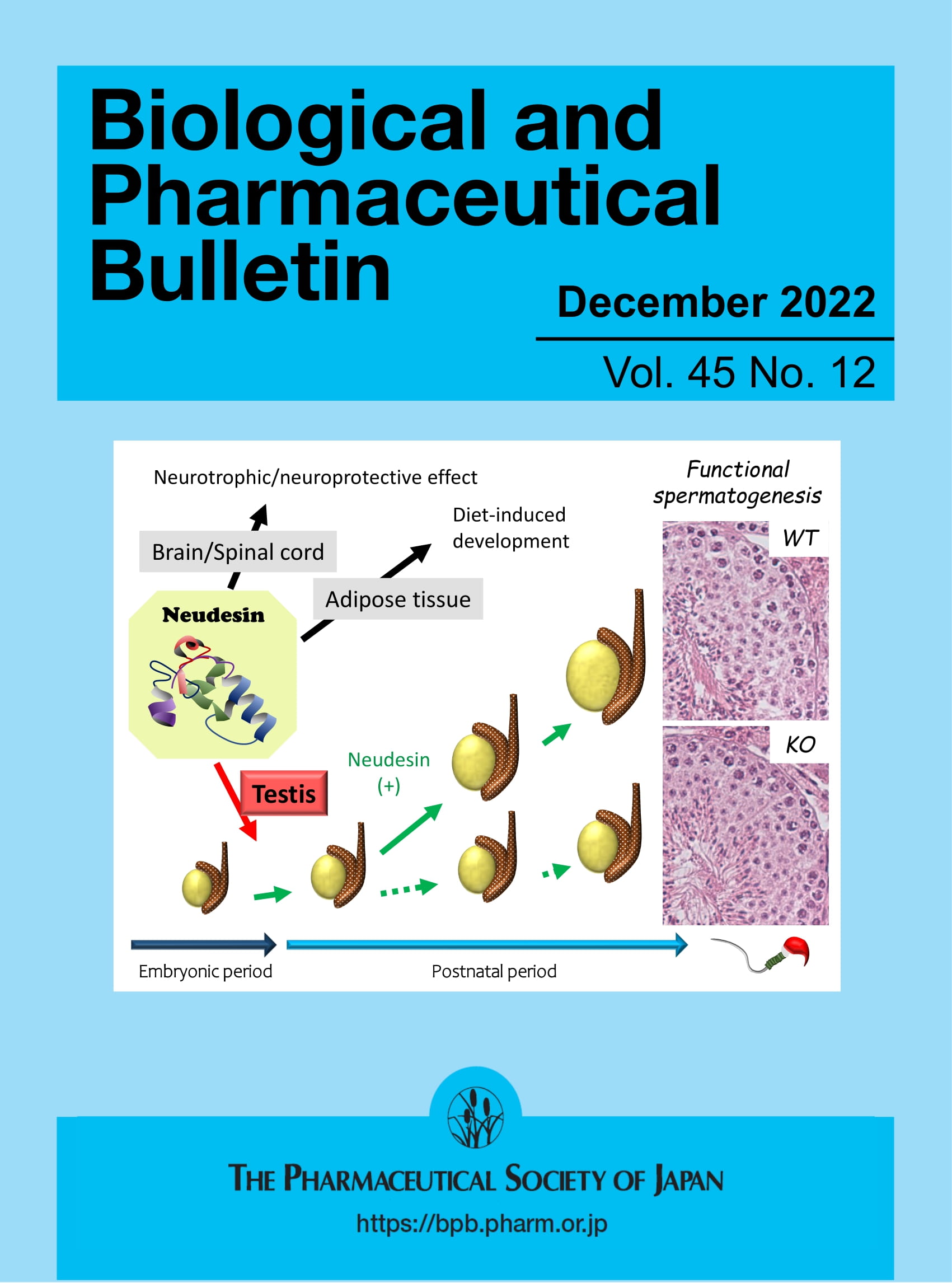Strategies for Reducing the Homogenization Phenomenon in the Screening of Key Components in Network Pharmacology Based on the Detectability of Components
Abstract
Background
The ingredients of traditional Chinese medicine (TCM) are complex and diverse and are often identified using the TCM systems pharmacology (TCMSP) database. However, the ingredients in this database exhibit significant homogeneity, which limits the comprehensive understanding of TCM's ingredient diversity and biological activity. Consequently, liquid chromatography–mass spectrometry (LC–MS) has become a key tool for the precise identification of TCM components.
Methods
In this study, the LC–MS was used to identify the components of a TCM herb. The identified components were then compared with the component data in the TCMSP database. A network pharmacological prediction of the components was subsequently performed.
Results
An analysis of the four herb formula prescriptions (Ganmai Dazao decoction, Bazhen granule, Shaoyao Gancao decoction, and Zixue san) was conducted, revealing significant discrepancies between the LC–MS identification results and the components in the TCMSP database. The database components were found to be highly homogeneous.
Conclusion
This study underscores the pivotal function of LC–MS in the analysis of components of TCM, particularly in addressing issues of database homogeneity. The employment of LC–MS technology enhances the precision of ingredient identification and streamlines the identification of potential pharmacodynamic ingredients, thereby propelling TCM toward a more contemporary standing.

 求助内容:
求助内容: 应助结果提醒方式:
应助结果提醒方式:


